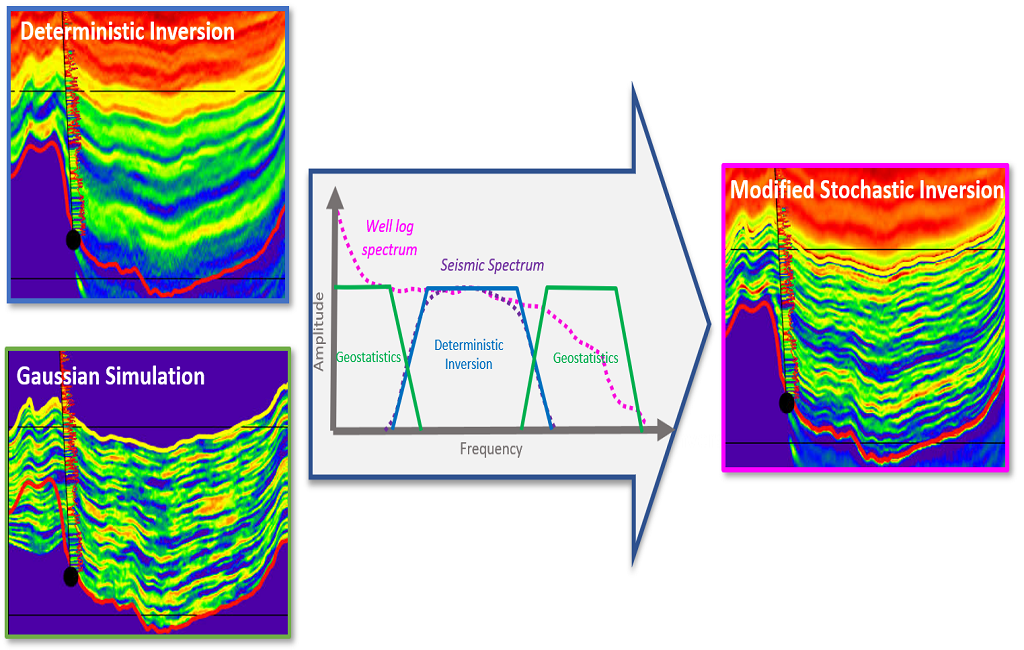Seismic inversion is one of the most important tools in the oil and gas industry, but how exactly does it work? How do you do seismic inversion? There are actually three different types of seismic inversion that you should know about, and if you’re working in the energy sector, there’s no way you can afford to ignore this critical aspect of exploration and production (E&P). Here’s everything you need to know about seismic inversion.
What Is Seismic Inversion?
Seismic inversion is a technique that’s used to recover subsurface structures by applying seismic data. It works by inverting the seismic wavefield and calculating where each event occurs on the subsurface structure. This technique was invented in the early 1900s, but was improved during the 1980s and 1990s with advances in computing power. For decades it’s been used in a variety of applications from oil exploration to detecting ancient cities buried under ground. There are two main types of inversions: reflection-inversion which analyses acoustic waves, and scattering-inversion which analyses shear waves.
Process Of Seismic Inversion
Seismic inversion is the process of studying the natural subsurface structures beneath the earth’s surface by analysing and interpreting earthquake data. This method, which uses seismic waves recorded on or near the earth’s surface, has gained an increased importance over traditional methods because it can be used as a stand-alone tool or as an adjunct to other surveys.
Seismic signals propagate away from their source at speeds higher than sound waves through fluids like oil and water that are found in subsurface layers. The velocity of seismic waves depends on a number of factors such as density, elasticity, and compressibility of rocks with different acoustic velocities. By combining these velocities with seismic arrivals from many sources, we can calculate the relative positions of rock boundaries below ground level. When this is done for all possible sources, we get what is called an inverse problem – i.e., given the set of observed arrivals and a set of geological constraints about typical geological boundaries and rock properties, one tries to determine which boundary configuration best explains those observations.
Applications Of Seismic Inversion
– Figuring out how much oil and gas is left in a certain reservoir
– Assessing where it would be profitable to drill new wells and drill sites
– Detecting the depth of groundwater and understanding the impacts that floods have on water sources
– Finding the location of nuclear waste or metal ore deposits – Determining what’s under the surface of your property, including buildings, trees, tunnels, and pipes
– Tracking changes over time (e.g., an earthquake) in an area’s seismic activity
Advantages And Disadvantages Of The Method
In the oil and gas industry, seismic inversion is a method of imaging the subsurface. This type of imaging provides a lot of detail about different geological structures that might exist in the earth. One of the major advantages of this imaging technique is that it doesn’t require expensive drilling rigs or any other devices on site. The data acquisition process does involve sending out sound waves into the ground, however, and these waves can cause some disturbances for animals (including humans) as they make their way into the earth. There are also some disadvantages to this type of imaging technique.








